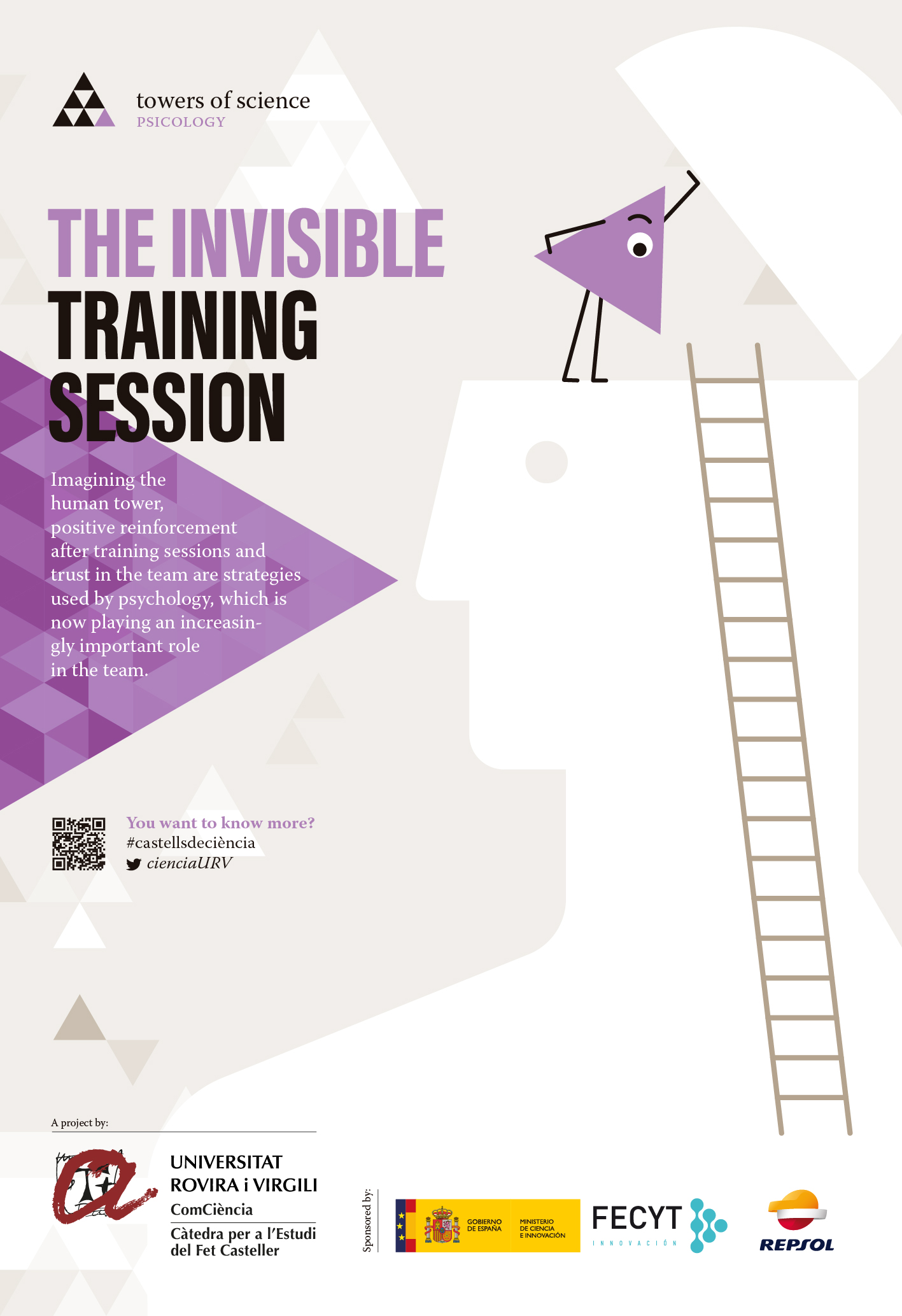
Lourdes Carrascón
 Human-tower building teams are doing an excellent job of communicating to motivate their members to attend training sessions and rise to the big challenges of the most important days of the season. The head of the team must be aware of the importance of communication and know how to go about it. It is common to see that the team members maintain a respectful silence when they speak to them during training or an exhibition.
Human-tower building teams are doing an excellent job of communicating to motivate their members to attend training sessions and rise to the big challenges of the most important days of the season. The head of the team must be aware of the importance of communication and know how to go about it. It is common to see that the team members maintain a respectful silence when they speak to them during training or an exhibition.
Ever since we went to school, the basic elements involved in communication have been clear to us: sender, receiver, message and channel. In the world of tower building, the message must reach the whole team, from the time they start training to the moment they reach the town square to perform and even when the castle has been completed. But do all people have to be spoken to in the same way? When and how should we go about this process?
Getting the message across in a clear and understandable way and getting results is by no means quick and easy. It is the work of a whole season. Just as the structure of the tower is practised and the different parts of the tower are worked on time after time, it is also necessary to provide tools that help to assess, control and communicate potentially delicate and tense situations, and thus avoid as much as possible the conflicts arising from the tension that characterises exhibition days.
Understanding the importance of words and which ones to use is essential. We do not give the same message with the same intensity on the day of an exhibition at the beginning of the season as on the day of the town festival (the most important day in the season for each group) or the Human-Tower Competition. The message needs to be delivered with greater intensity, and the language needs to be more specific, motivating and succinct. For this reason, the heads of the team must know their members well, and understand what motivates them, what helps them, what interests them and what they don't like at certain times. Everyone knows what to do, and when and how to do it, so sometimes even silence is the best message because it is confidently assumed that the work will be done.
However, some important work still has to be done in the world of human-tower building. For example, a tower-building dictionary needs to be reconstructed in which there are no limiting words or obligations. And this dictionary should have two parts: one for the adults involved in the tower and the other, with a milder, no-pressure sort of language, for the children who have to climb to the top of the tower. It is like when we make a cake. We don't just throw the cherry any old how onto the whipped cream to top off our creation but place it delicately, and we should do the same with a human tower.
The core and the trunk are the first to receive the message and it is direct. They know what to do and they are given clear, direct, concise, forceful and motivating instructions. They are adults and they are competitive with themselves. In some cases, they even know that they are competing against other teams.
What should be avoided in communication? What is communicated on the day of an exhibition is not the same as what is communicated in training. As we have said above, communication is something that has to be done throughout the season and you can build up an understandable dialogue in which you remind each member how to position themselves correctly (for example, with respect to the bottom tier), how to encourage your partner with expressions like "well done", "perfect", "we're doing well". The brain needs to know that it is succeeding, that it is progressing and that everything it does is positive and not leading to danger. This reinforces the work done and establishes trust. Avoid demotivating phrases like "No! Bad!", "We're making no progress! Awful!" and other phrases that denote a lack of will because the message is interpreted as an attack and this attack often entails a response: the person can get angry or argue and, therefore, not take part in the change proposed. Ignorance is part of learning and you need to learn things well or unlearn them to improve. If changes are not based on structures that can be understood, they will not be modified by the brain.
And what about the dome? We all know that if the children do not climb to the top, there is no tower. Our discourse needs to change. When we put the cherry on top of the whipped cream on a cake, we do it calmly, confidently and delicately so that it does not fall off. For this reason, in human towers we need to communicate with the children with words that do not convey tension, fear, haste or limitations, which would make the cherry or other toppings fall off the cake.
Fear, tension and nerves are highly contagious. They are an automatic defence that indicates unperceived danger and, therefore, heightened attention. They must be avoided, especially among the children. Do not show tension. You need to be active, but not nervous. Transferring and projecting memory, recalling the best training session and wanting to repeat it is the best message for the children, because the dome is the most delicate part of the castle and no one wants it to fall.
